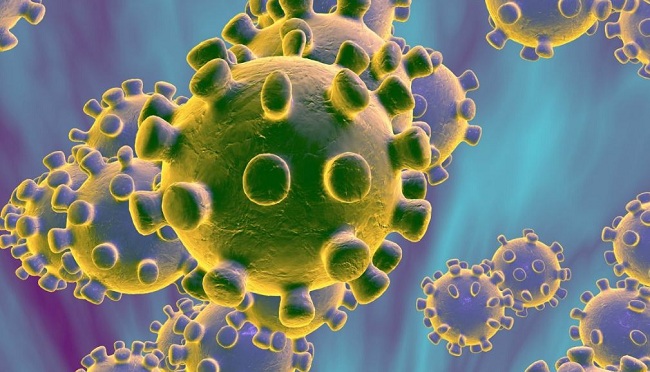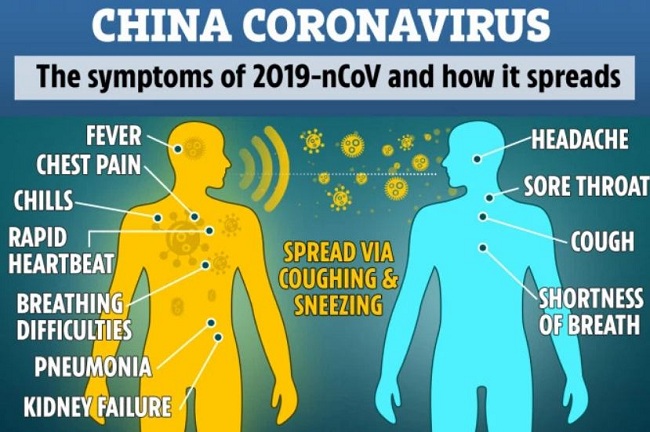Ever since its discovery in Wuhan in December 2019, the ongoing coronavirus epidemic is slowly turning into a global disaster. And, it is not showing any signs to stop.
In a span of two months, over 1600 people have died all over the world, and the death toll is rising with every passing day. Originating from China, the virus has killed citizens of Taiwan, Japan, the US, Africa, and more. In total, 69,289 people from 29 nations had been diagnosed with the coronavirus until 16 February 2020, with a recorded 1671 deaths.
While measures are being taken to reduce the spreading of the virus, a cure must be found soon to eradicate it completely.
What Is Coronavirus?
A coronavirus is a type of virus that causes various parts of the upper body- including sinuses, upper throat, and nose- to get infected.
The virus is not so rare and has been in existence ever since it was discovered in the '60s. The virus- which got its name for the close resemblance to a crown- comes in various types- seven to be exact, among which most are not life-threatening. Reportedly, almost the entire population of the earth gets infected with coronavirus a minimum of one time in their life.

A digital image of the coronavirus (©: CNN)
MERS (Middle East Respiratory Syndrome)- which was first discovered in Saudi Arabia in 2014 & killed 858 individuals- and SARS (Severe Acute Respiratory Syndrome)- which spread in 2003, causing 774 deaths- are also types of a coronavirus.
However, it's the novel coronavirus that is now taking lives in hundreds. First discovered after an outbreak in Wuhan city of China in December 2019, the disease caused by the novel coronavirus (2019-nCoV) was named as COVID-19 by WHO (World Health Organization).
What Causes Coronavirus? Its Symptoms In Humans
The coronavirus can spread through various mediums- including air, water, touch, among others. It's been assumed that the virus first spread to humans through an animal, though the origin is yet to be verified.
But, once it catches a human host, the coronavirus can transmit through human touch or by touching things that have been previously touched by an infected person. It can also spread through coughing and sneezing as the virus can move to another host by the exchange of bodily fluids.

Some of the symptoms of the ongoing coronavirus infection (©: TheSun.co.uk)
After a person has been infected, symptoms began appearing within 2-14 days. While the symptoms may vary for different individuals, it shares its resemblance to the common cold. Some of the usual symptoms of coronavirus include:-
•Running nose
•Sneezing
•Lack of energy and frequent tiredness
•Sore throat
•Coughing
•Fever
•Difficulty in breathing.
Treatment For Coronavirus In Humans And Cats
As there is no cure for the coronavirus yet, it's better to be safe than sorry. The most reliable way to avoid catching the virus is keeping one's distance from an infected person or person suspected of infection. But, as it can transmit the medium of air, some major precautions should always be used to remain safe.

An individual on the way to quarantine for treatment of coronavirus (©: VanguardNews)
Some of the preliminary measures taken to minimize the risk of spreading the virus are:
•Use of masks by those suspected of infection.
•Avoid physical contact with a person suspected of infection.
•Don't touch one's body parts like nose, mouth, and eyes with unclean or dirty hands.
•Regularly clean things and surfaces that are touched by more than one person.
•Disinfect hands with soap and water or alcohol-made sanitizer for a minimum of 20 seconds after using the bathroom, sneezing, coughing, and prior to eating.
Apart from humans, cats are also at risk of a type of coronavirus named Feline Enteric coronavirus. To reduce the risk of spreading the virus in cats, any infected cat should be kept away from healthy cats, especially in a shelter. Similarly, infected cats should not be bred with healthy cats. Regular lab testing of the felines is also highly recommended.

